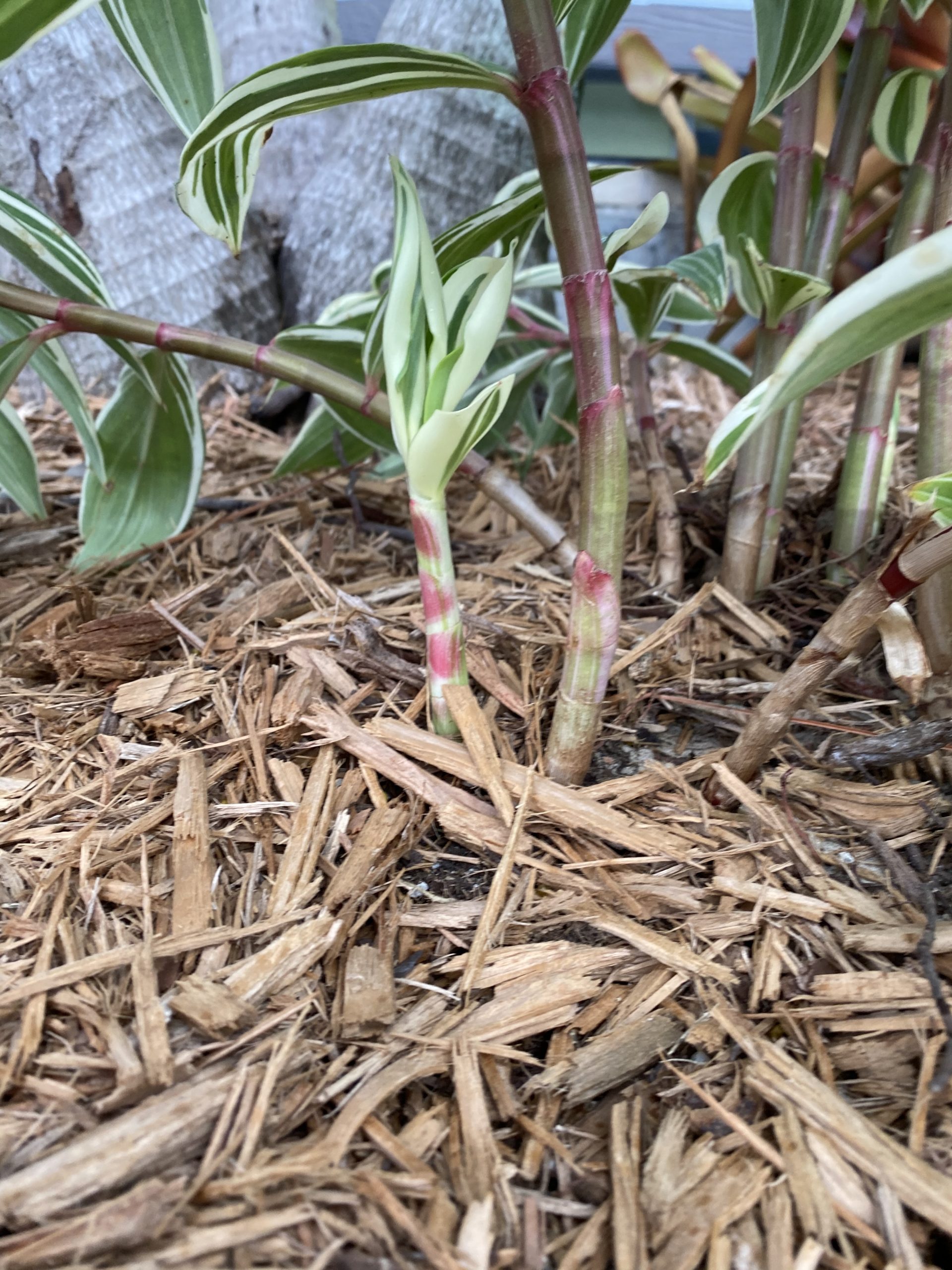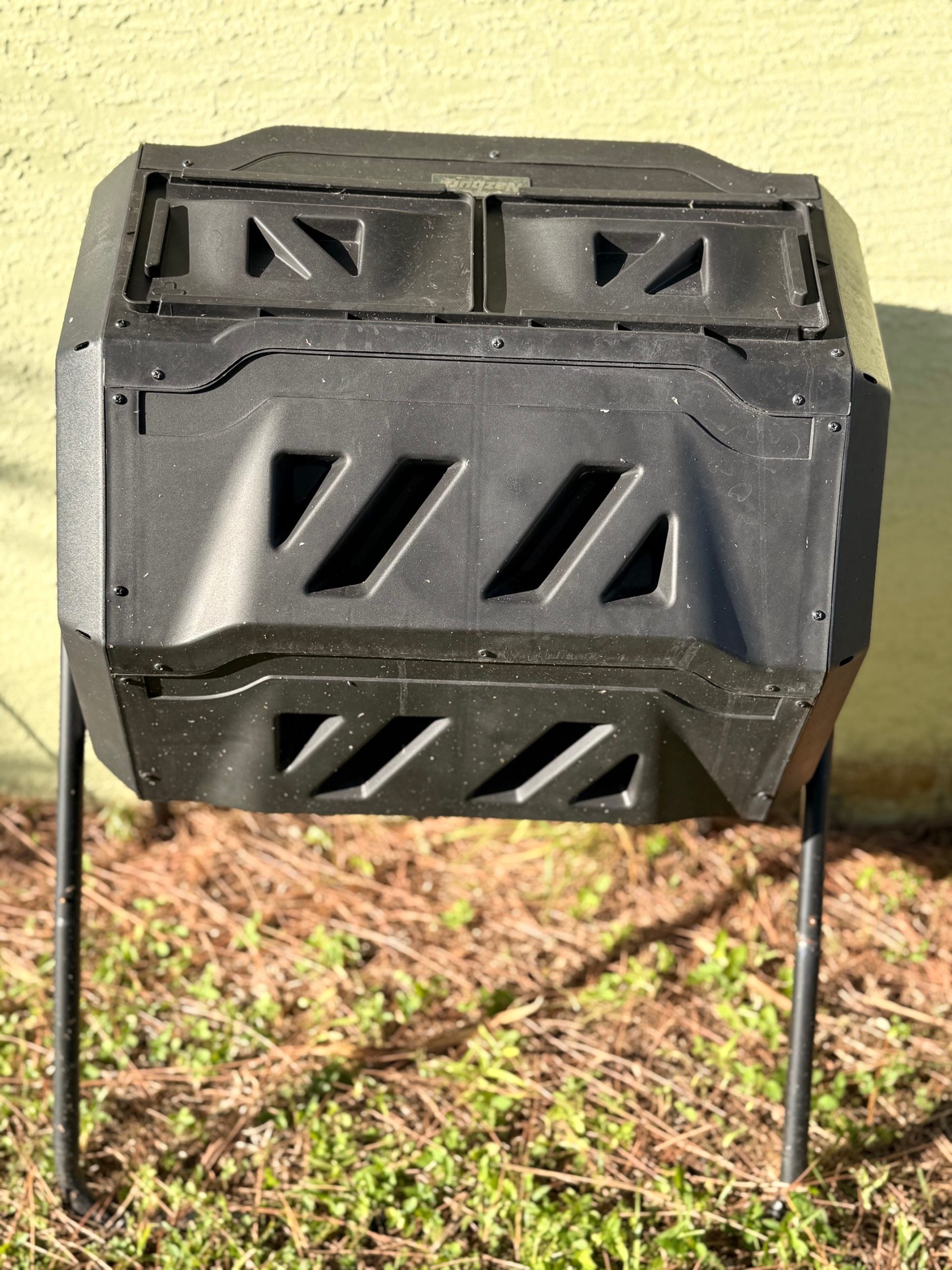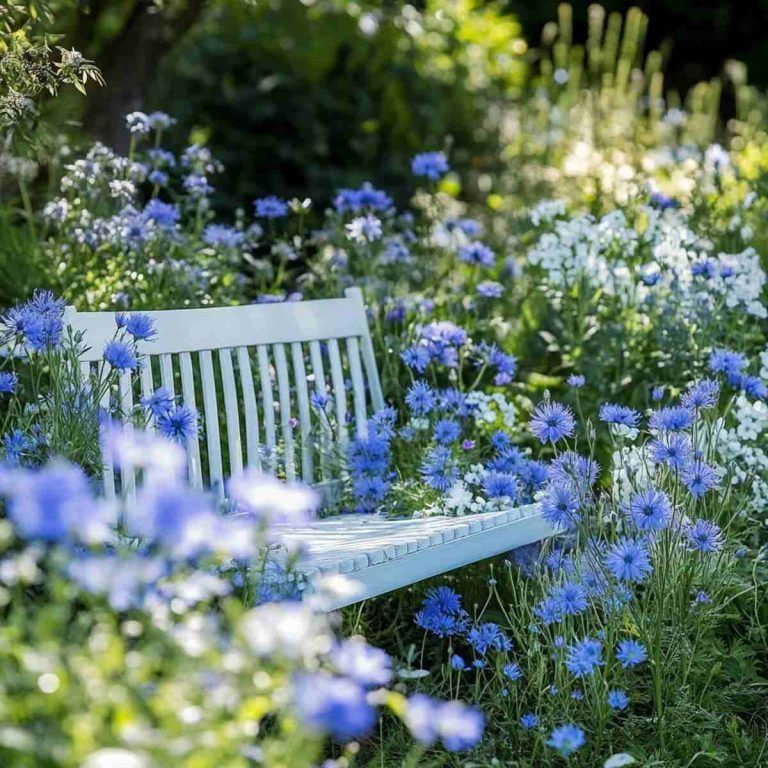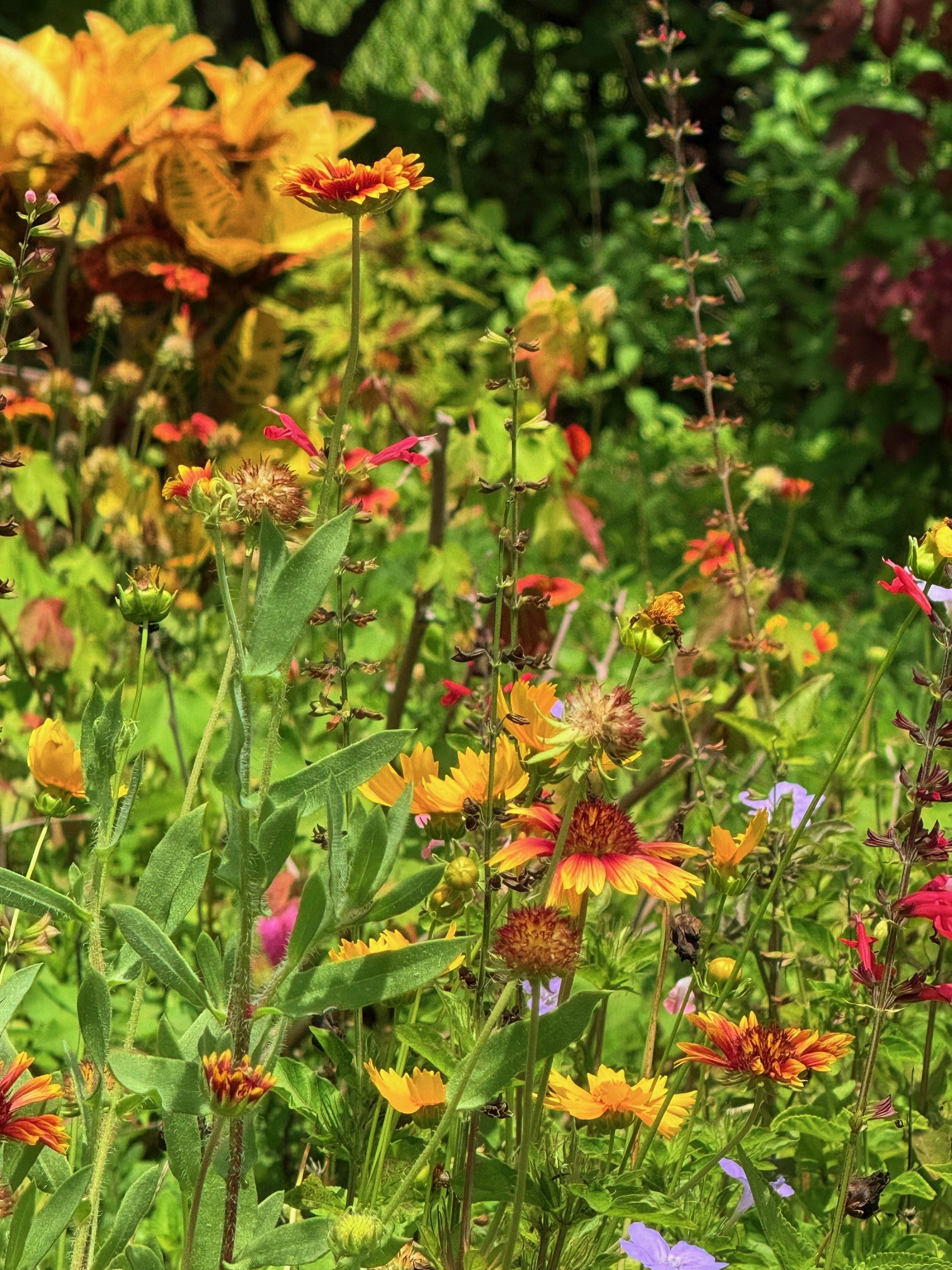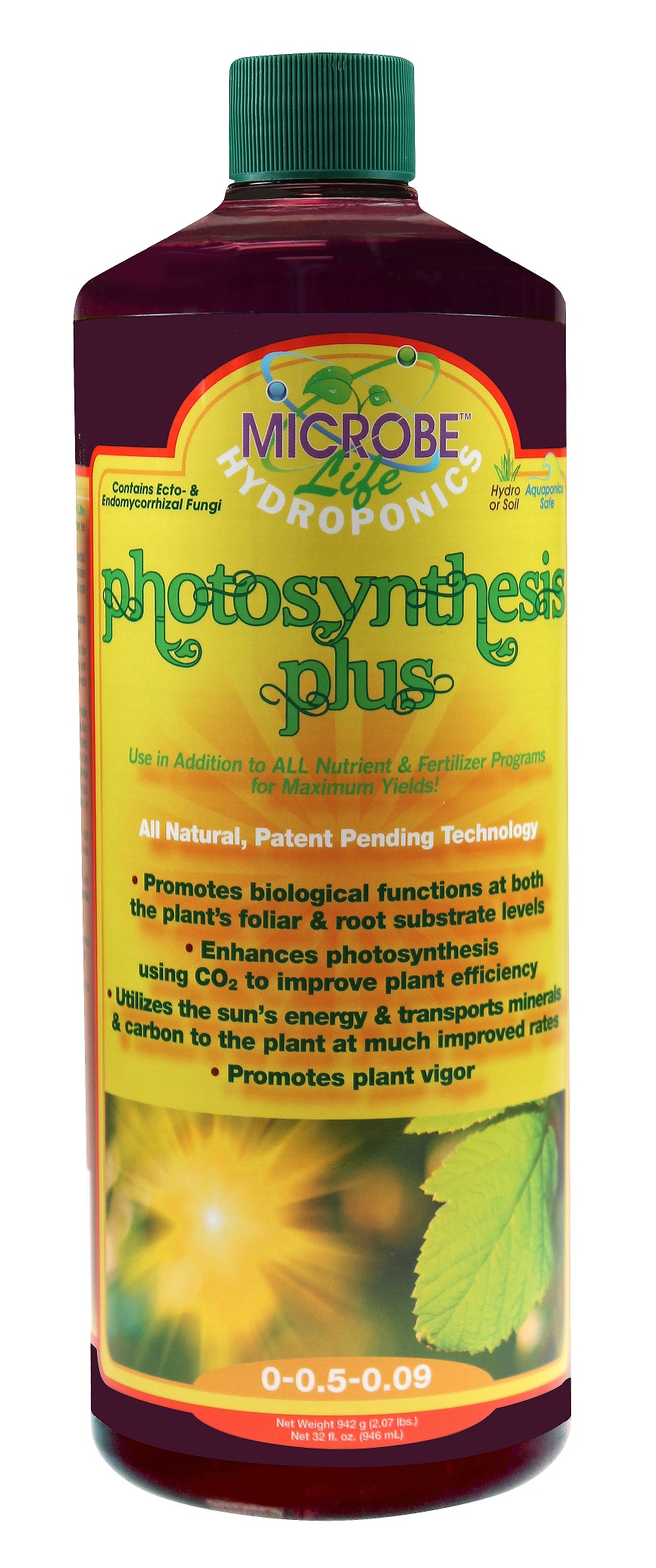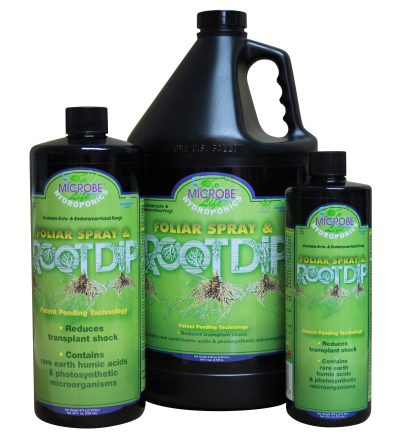
- Clear Debris:
Remove dead or diseased plants and fallen leaves from your garden beds to prevent diseases from overwintering. Healthy debris will go into my compost.
- Compost:
Add healthy leaves and garden waste to your compost pile.
- Mulch:
Apply a layer of mulch, like wood chips or compost, to insulate the roots of plants and suppress weeds.
- Garden tools and decorations
Will be stored away at this time. They will need to be cleaned and prepared for next year.
From the Author:
I have always found it beneficial to clean out the garden before adding my compost and then, mulch. I do not specifically remove last year’s mulch. I find that mulch has a way of breaking down in the garden, so it rarely needs to be removed.
If planting at this time, I highly recommend the use of Microbe-Life ROOT DIP to get your roots and plants off to a better start. Also, if you have poor soil, Microbe-Life Nourish-L is a liquid that will help to build up the soil around your new plant.
I have two composters that never seem to fill all the way up. I add food waste (fruits, greens, but no meats) and weeds from the garden, as long as they have no flowers or seeds on them. Try to avoid sticks because they are difficult to turn into compost.
Then, I mulch. There are many types of mulch to choose from, but I prefer the natural wood mulch. I avoid any that are made from important native trees. Some people like to use decorative rocks, but rocks do not protect roots from heat and cold the way wood mulch does. Also, rock mulch is difficult to kneel on when weeding the area. Rubber mulch adds no nutrients to your garden and hay invites insect pests.
*It is important to remember when mulching that it should not be wrapped around the stems of your plants. That can kill the plant or tree.

